Whitby Abbey
PILGRIMAGE UK: HOLY PLACES
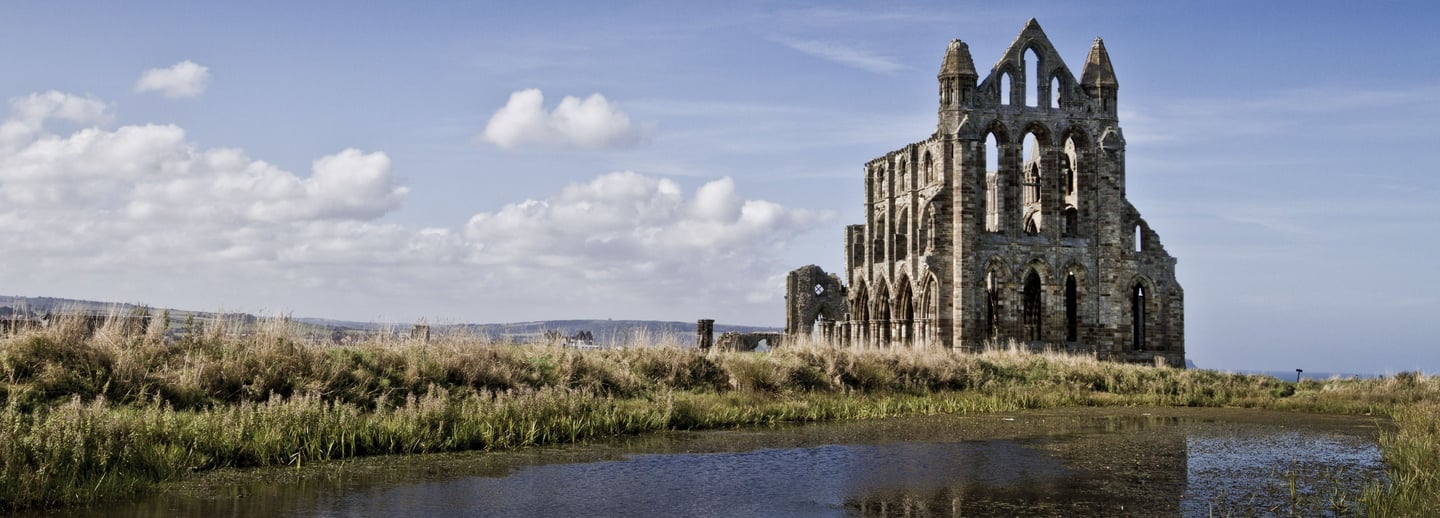

Whitby Abbey rises in stately ruin on the dramatic clifftops of North Yorkshire, an enduring witness to centuries of religious devotion and human endeavour. For those who journey there, the abbey is much more than a relic of the past; it is a powerful symbol of faith, a place where the echoes of lost prayers and historic debates seem to linger in the salt-tinged air. As visitors approach this iconic site, they are immediately drawn into its mystique—a compelling blend of ancient legend, sacred history and raw natural beauty that invites deep reflection on the movement of time and the enduring nature of spiritual truth.
Originally founded in the mid-seventh century, Whitby Abbey became one of the most important religious centres in the Anglo-Saxon world. Its early history, intertwined with the life of St Hilda and the conversion of Northumbria, set the stage for events that would shape the course of English Christianity. In 664 the abbey was the setting for the Synod of Whitby, a landmark gathering which decisively aligned the Northumbrian church with the Roman rather than Celtic traditions. This convergence of theological debate in a remote and windswept location lent the abbey not only political significance but also a sacred aura—a place where the mysteries of faith were discussed, decided and ultimately fashioned into a legacy that endures to this day.
As one approaches the abbey, it is impossible not to notice the way its ancient stonework is enmeshed with the natural landscape. The ruins, now cared for by English Heritage, are serenely perched above the North Sea, their weathered walls silhouetted against expansive skies. The clifftop setting, exposed to the forces of nature, has left its marks on the stone over the centuries. Waves of seaborne winds and relentless tides have sculpted the abbey into a dramatic monument that both humbles and inspires. Many pilgrims and visitors alike note that the interplay of rugged nature and delicate remnants of human artistry creates a quiet space for contemplation—a truth that resonates with the belief, echoed by theologians through the ages, that God’s presence is revealed not only in hallowed halls but also in the natural world.
Within the ruins of the abbey, remnants of its former splendour are interwoven with legends of saints, poets and battles long past. Fragments of carved arches and chapels recall the intricate craftsmanship that once inspired exuberant expression of faith. It is here that one may ponder the genius of early Christian architects who, with little more than stone and mortar, sought to create spaces that lifted the spirit to contemplate divine mysteries. The simplicity of the ruins belies a long history of embellishment and reinterpretation, as each generation has both built upon and uncovered layers of sacred history. In the soft light that filters through brambled windows, these remnants of medieval artistry seem to whisper stories of devotion—of monks who spent long hours in prayer, of communities who gathered in worship, and of leaders who shaped the cultural and spiritual landscape of their time.
Walking along the uneven paths that wind around the abbey’s crumbling walls, visitors are invited to consider the journey that led to its construction. In many ways, the act of pilgrimage to Whitby Abbey becomes a metaphor for the Christian journey itself—a deliberate departure from the familiar shores of everyday life towards an encounter with the transcendent and the mysterious. The voyage to Whitby, whether undertaken by road or along the coastal routes, projects the pilgrim into a narrative that spans centuries. It is not merely a physical traversal, but an inward voyage where every step is a reminder of the impermanence of earthly things and the enduring promise of faith. As one stands on the clifftop, gazing upon the vast expanse of sea and sky, there is the persistent impression of being part of a continuum—an unbroken chain of spiritual seekers who have ventured forth before.
The theological significance of Whitby Abbey is as layered as the very stone from which it is built. It is frequently observed by scholars that sacred spaces such as this are not defined solely by their imposing architecture or historical prominence, but by the way they articulate a dialogue between the human and the divine. In the case of Whitby Abbey, the ruins themselves become a living scripture—a testament to the ebb and flow of history, of faith both imploded and renewed. The hardships endured during the Viking raids, the subsequent periods of abandonment and revival, all speak to a resilience inherent in the spiritual life. Here, the once resplendent abbey stands as a reminder that the light of God can shine through even the darkest eras, and that each act of restoration is itself a prayer for redemption.
Many visitors to Whitby Abbey find that the experience is deeply evocative, stirring thoughts on the nature of memory and the power of sacred tradition. One cannot help but recall the words of the Venerable Bede, who chronicled the early Christian history of Northumbria and described Whitby with a reverence that continues to inspire modern hearts. The echoes of those ancient monastic lives seem to resonate in the silent corridors and weathered cloisters of the abbey, inviting the modern pilgrim to pause and reflect upon their own spiritual journey. In the interplay of the ruined walls and the wild elements cutting through them, there is a reminder that faith is neither static nor confined to a single moment in time—it is a living, breathing tradition that evolves with each generation, yet remains rooted in a common heritage.
The contrast between the solemnity of the abbey and the fierce beauty of its surroundings provides further depth to the visitor’s experience. The unyielding cliffs, the pounding of the distant surf and the overcast, ever-changing sky create a dramatic backdrop that enhances the spiritual atmosphere of Whitby Abbey. In this setting, every stone, every arch, and every battered door tells a story of human endeavour and divine perseverance. The natural world here is inseparable from the sacred narrative; it is as if the landscape itself participates in eternal worship. Such reflections have led many theologians to believe that sacred sites are enriched by their natural surroundings—the wild, untamed beauty of nature serving as a counterpart to the refined expressions of human piety.
For those who undertake the pilgrimage to Whitby Abbey, the experience is profoundly transformative. It is not solely an encounter with history, but also an opportunity to reflect on the passage of time and the enduring themes of human existence: loss, suffering, hope and resurrection. Standing amidst the ruins, one is reminded that just as the abbey has weathered storms and endured the ravages of time, so too must the human spirit sometimes find resilience and renewal. The solemn majesty of the site encourages a quiet introspection—a moment to savour the bittersweet interplay between decay and rebirth.
Whitby Abbey remains an iconic symbol of sacred history—a place where the voices of ancient saints and the whispers of nature converge to tell the story of a people’s enduring faith. Its imposing ruins, set against the dramatic backdrop of the North Sea and craggy cliffs, provide a space in which the past is not merely remembered but actively encountered. For the modern pilgrim, a journey to Whitby Abbey offers a rare opportunity to step away from the relentless pace of life and enter into a reflective communion with both heritage and the divine. In this meeting of stone and sky, of history and modernity, one finds a reminder that the call to seek God is timeless—a call that continues to echo amidst the ruins, inviting each new generation to witness the sublime and timeless dance between human endeavour and divine mystery.
Whitby Abbey: A Pilgrimage into History, Faith and the Majesty of Ruin
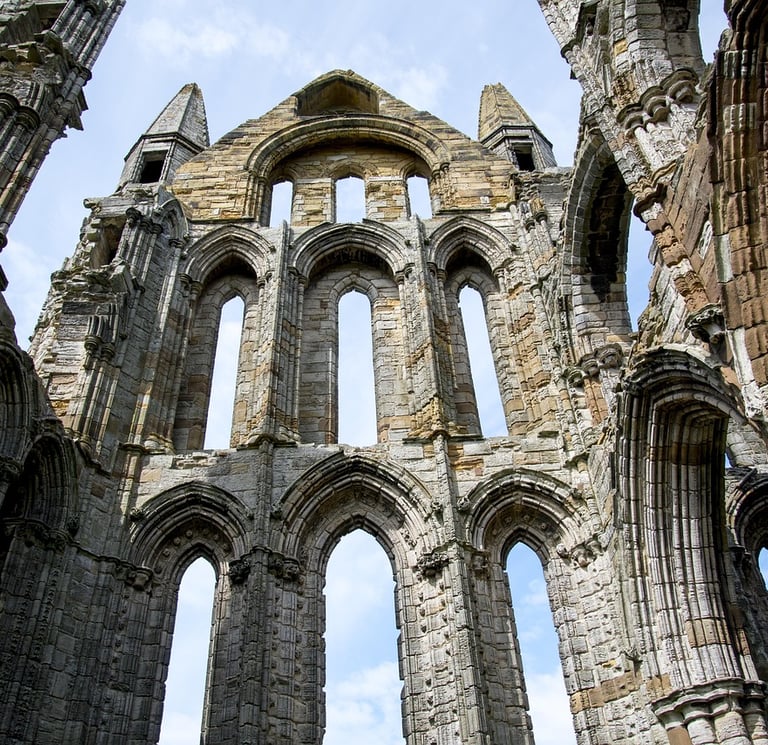

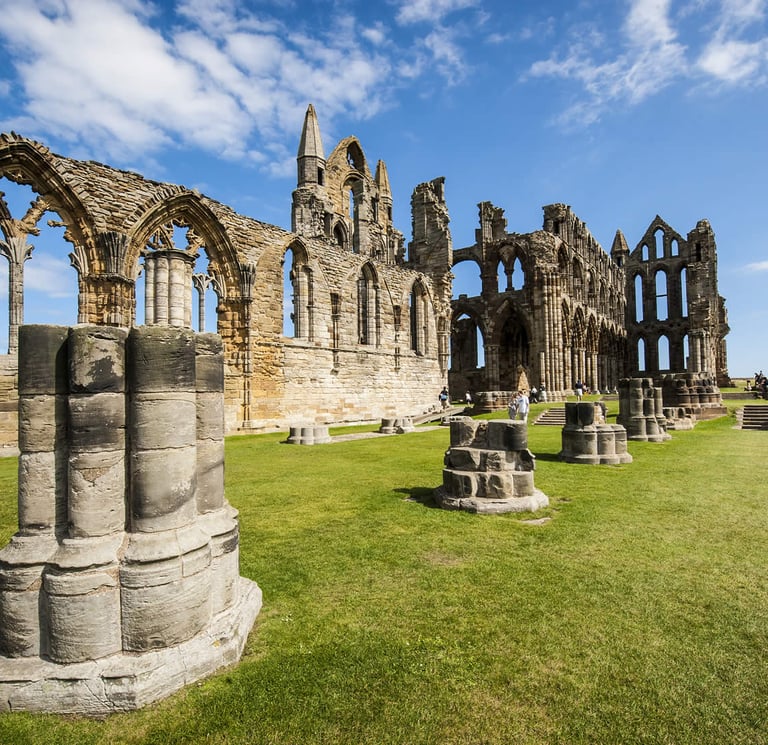

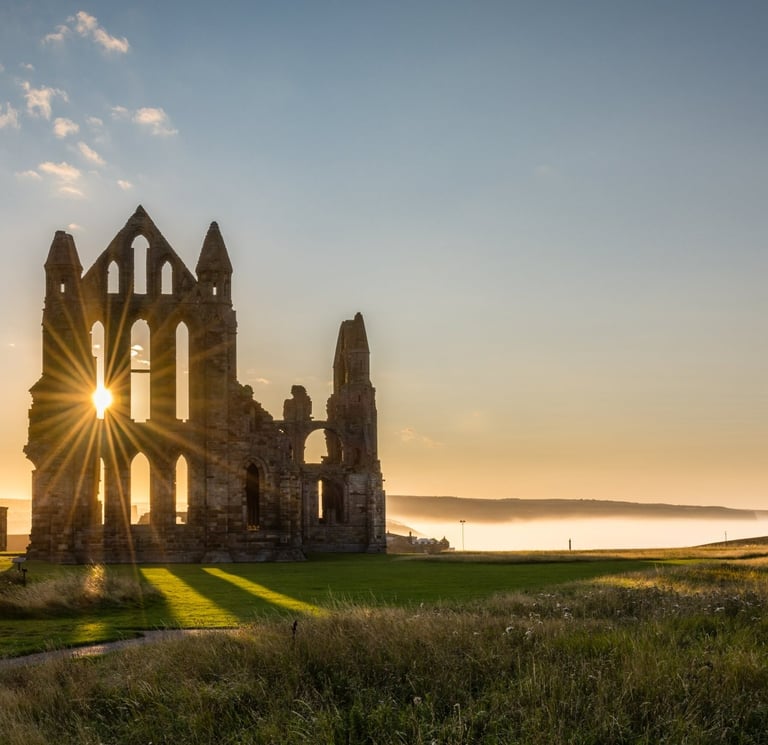

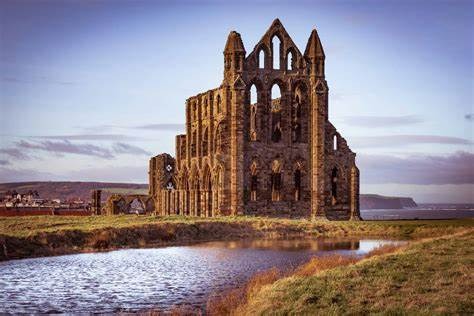

Ancient Apostolic Catholic Church
Embracing faith, inclusion, and compassionate service together.
ST THOMAS AQUINAS SEMINARY
© 2025. All rights reserved
QUICK LINKS
